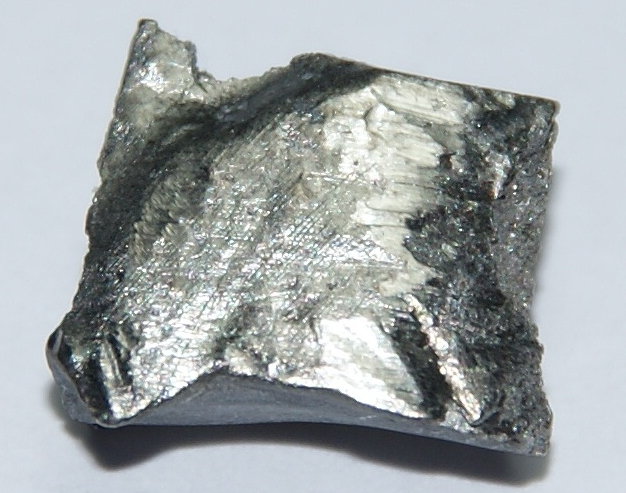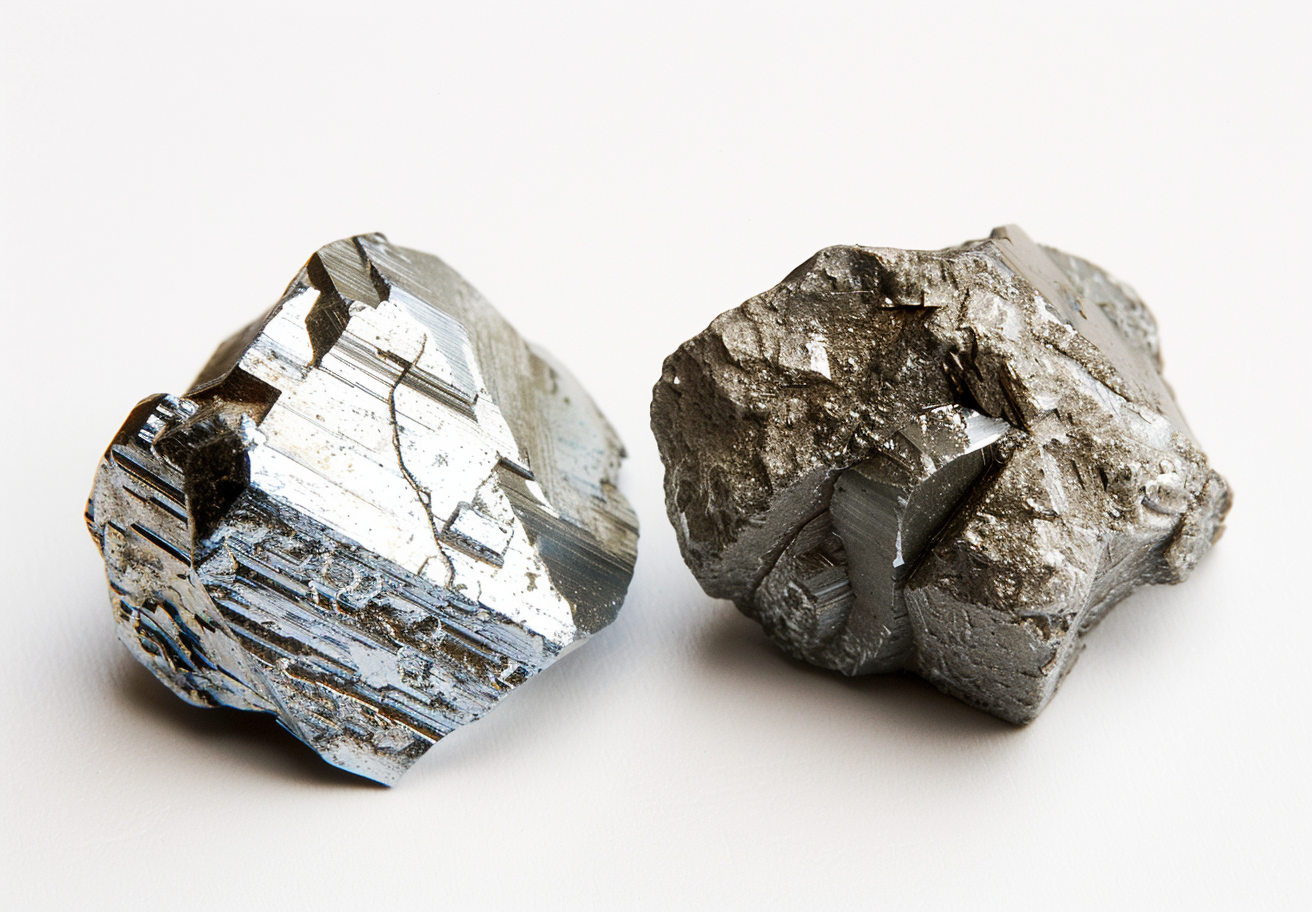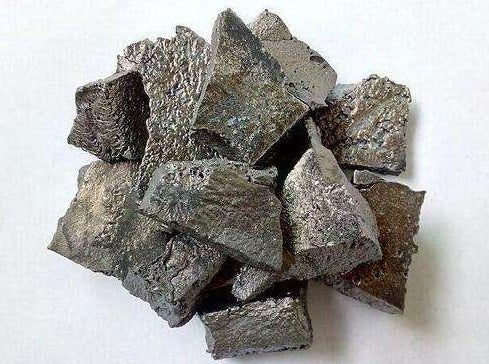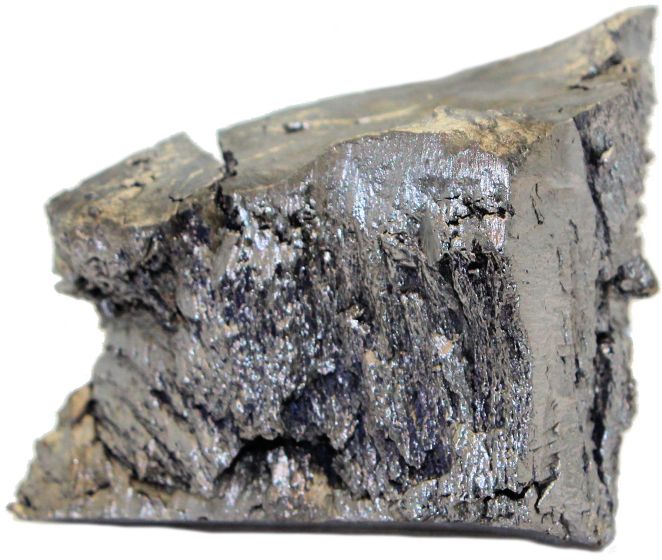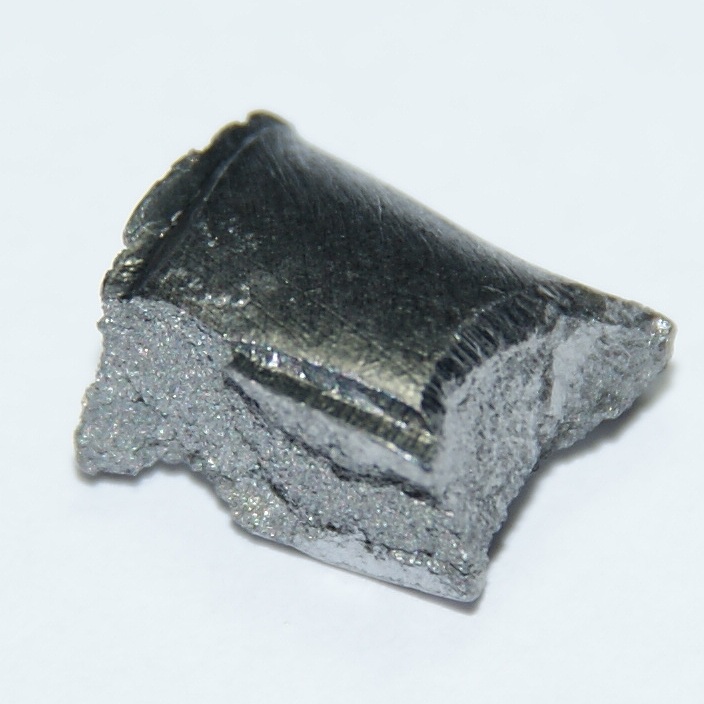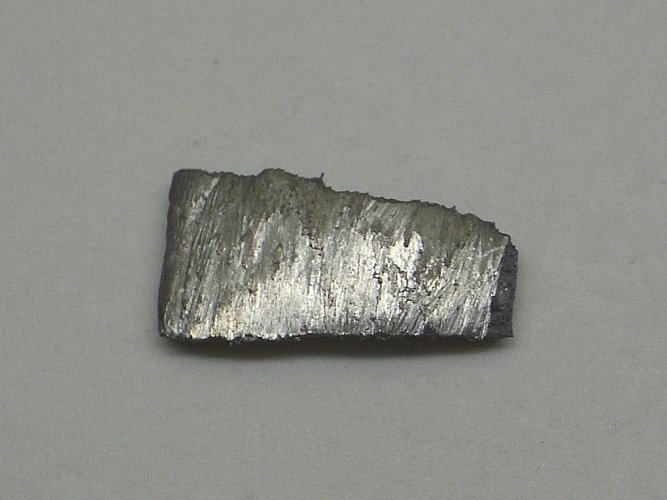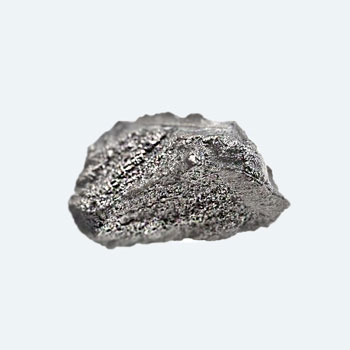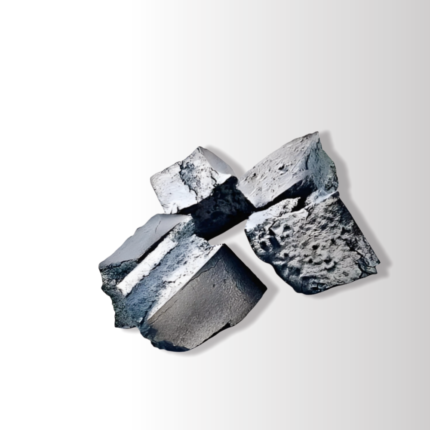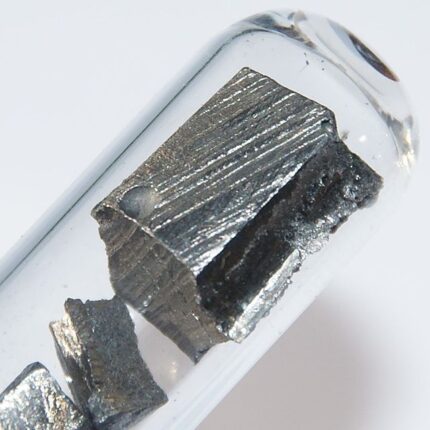Description
**Title: The Allure of Terbium: A Rare Earth Element with Unique Potential**
Terbium, a chemical element with the symbol Tb and atomic number 65, is part of the lanthanide series in the periodic table. It is a silvery-gray metal that is not only fascinating due to its properties but also essential in a variety of modern technological applications. As a rare earth element, terbium plays a critical role in the advancement of electronics, renewable energy technologies, and even medical devices.
### Characteristics and Properties
Terbium is known for its remarkable magnetic and optical properties. It exhibits a high magnetic susceptibility, making it valuable in the production of magnets, especially in high-performance applications where strength and stability are crucial. These magnets are often found in electric motors, generators, and hard disk drives.
One of the most striking features of terbium is its ability to emit green light when exposed to certain wavelengths of radiation, which is why it is widely used in phosphors for fluorescent lamps and LED lights. This luminescent quality extends into the realm of display technology, where terbidium-based compounds are used to enhance color purity and brightness in screens.
### Applications in Technology
The demand for terbium has surged in recent years, driven largely by the growing technology sector. In smartphones and tablets, terbium is a key component in LCD screens, contributing to their vibrant displays. Furthermore, with the rise of green technologies, such as wind turbines and electric vehicles, terbium’s application in high-temperature superconductors and permanent magnets has become increasingly important.
In the healthcare industry, terbium is being explored for use in advanced imaging techniques. Terbium-doped materials have shown promise in improving the sensitivity of medical imaging systems, which could lead to earlier diagnosis and treatment of various health conditions.
### Environmental Considerations
While terbium is incredibly useful, extracting and processing rare earth elements poses significant environmental challenges. Mining operations can disrupt local ecosystems and produce waste that may result in pollution. Therefore, sustainable practices in mining and recycling of rare earth elements, including terbium, are becoming imperative to minimize ecological impact.
### Conclusion
In summary, terbium is more than just a rare earth element; it is a cornerstone of modern technology with a broad range of applications spanning electronics, energy, and medicine. As we continue to innovate and develop new technologies, understanding and utilizing terbium’s unique properties will be crucial. Emphasizing sustainable practices in its extraction and application will help ensure that we can harness its potential without compromising the environment, thus paving the way for a greener future.

